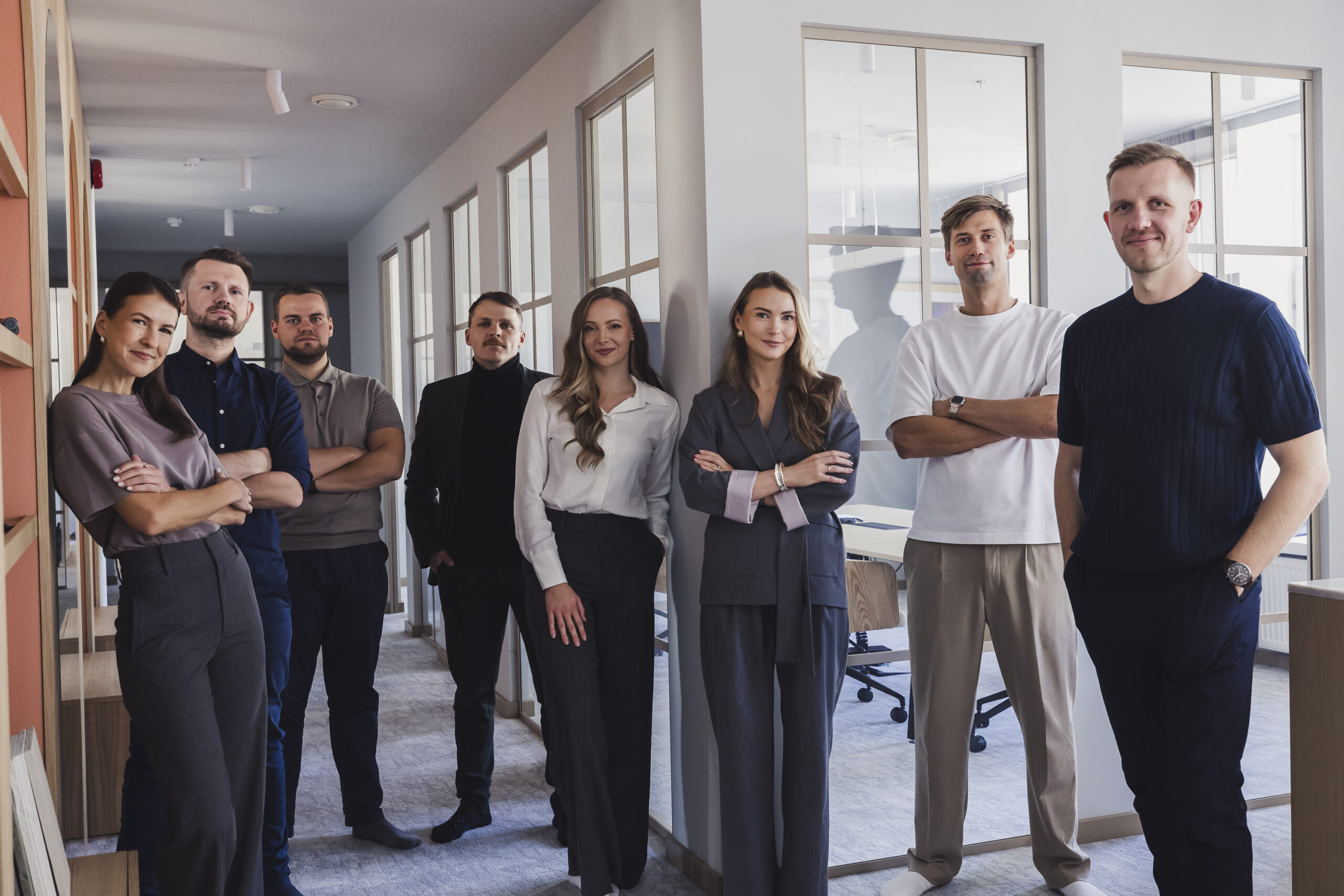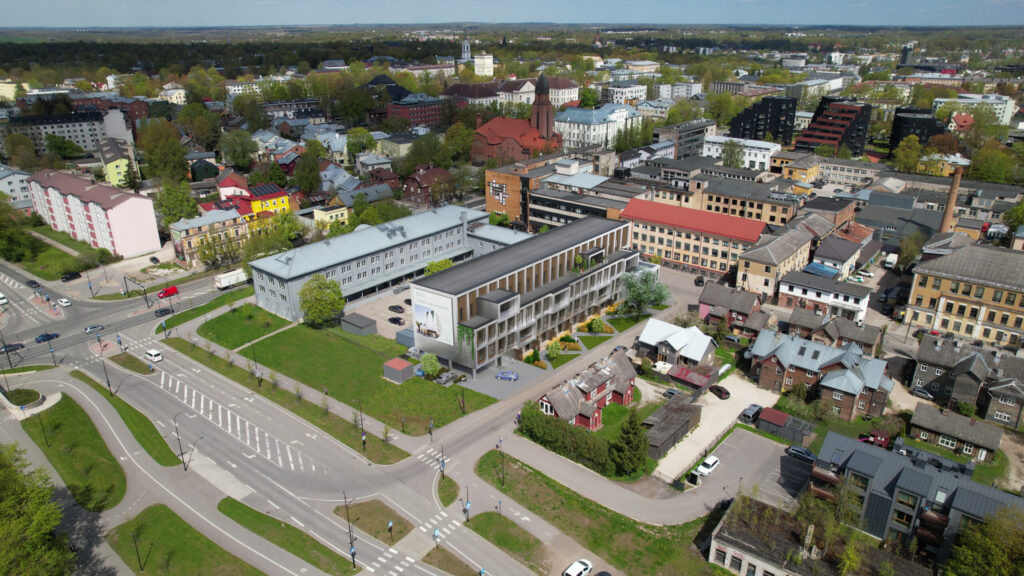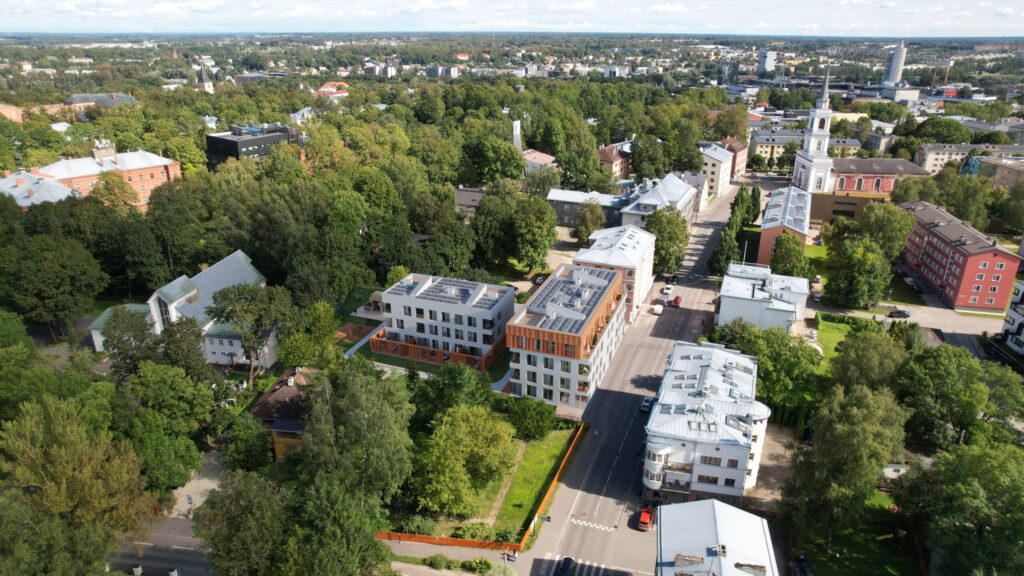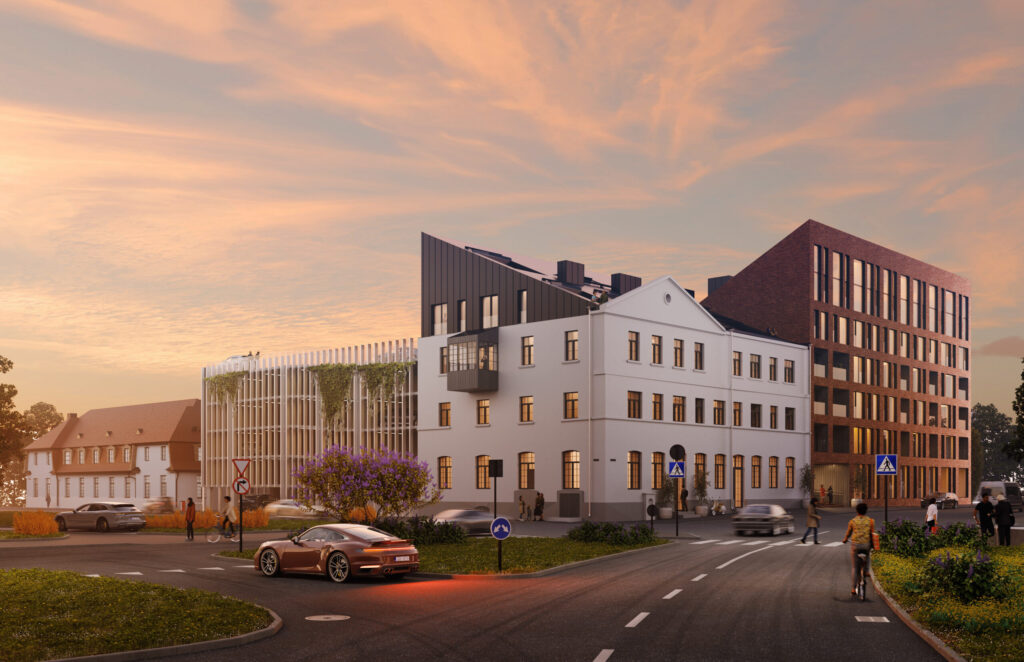In the 18th century, a building was built on the Tartu Town Hall square, the stone walls of which have stored almost three centuries of history.
Now is the time to give the building a new lease of life and make it modern. The five-story building is undergoing a complete renovation and 34 exclusive apartments will be for sale.
This is a unique opportunity in the last century to live in the most luxurious building on the Town Hall Square.
Smart solutions, well-thought-out projects, timeless design and a great location in the old town of Tartu. Interior architect Karmen Suurkivi is the creator of the interior architectural solution.











